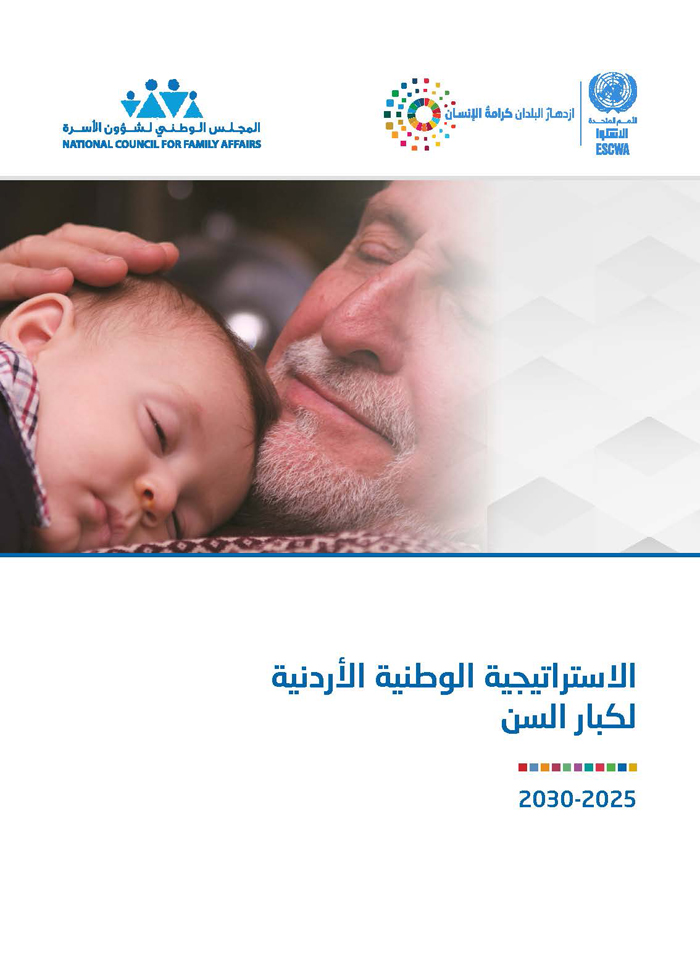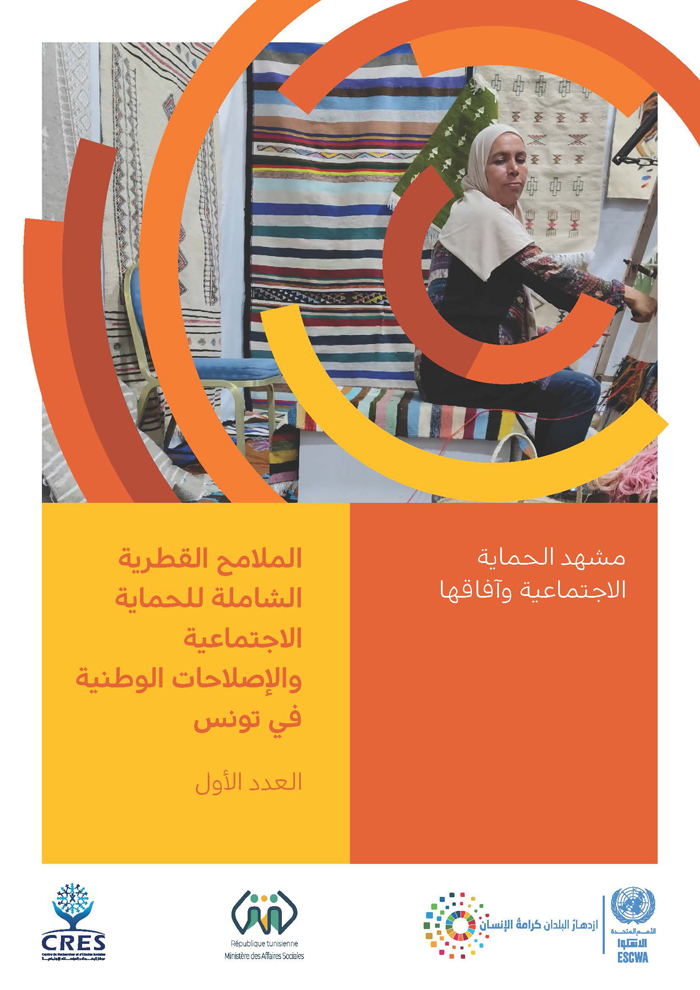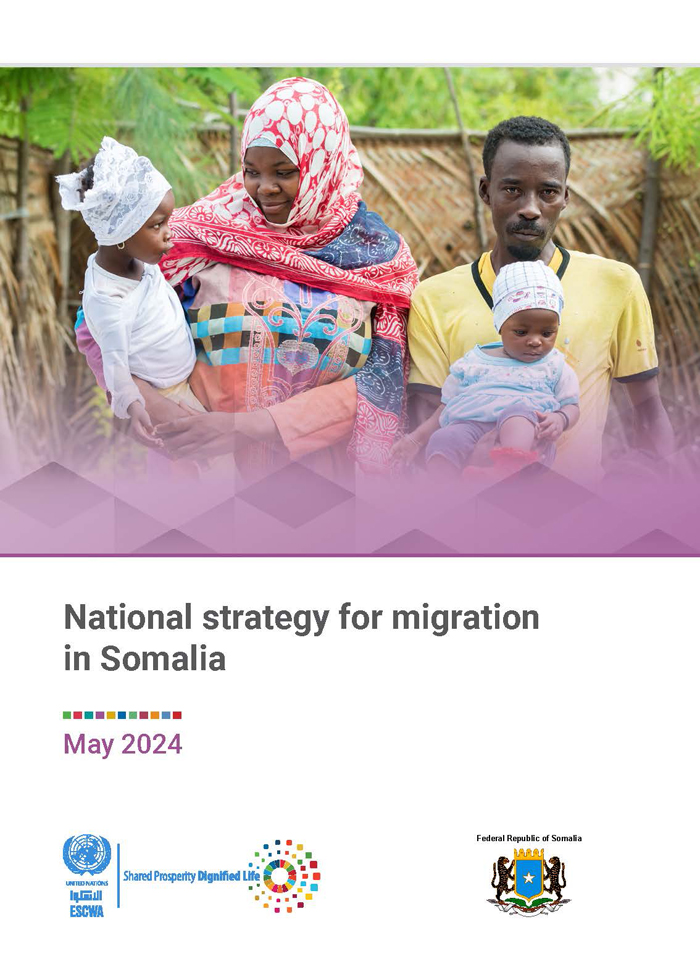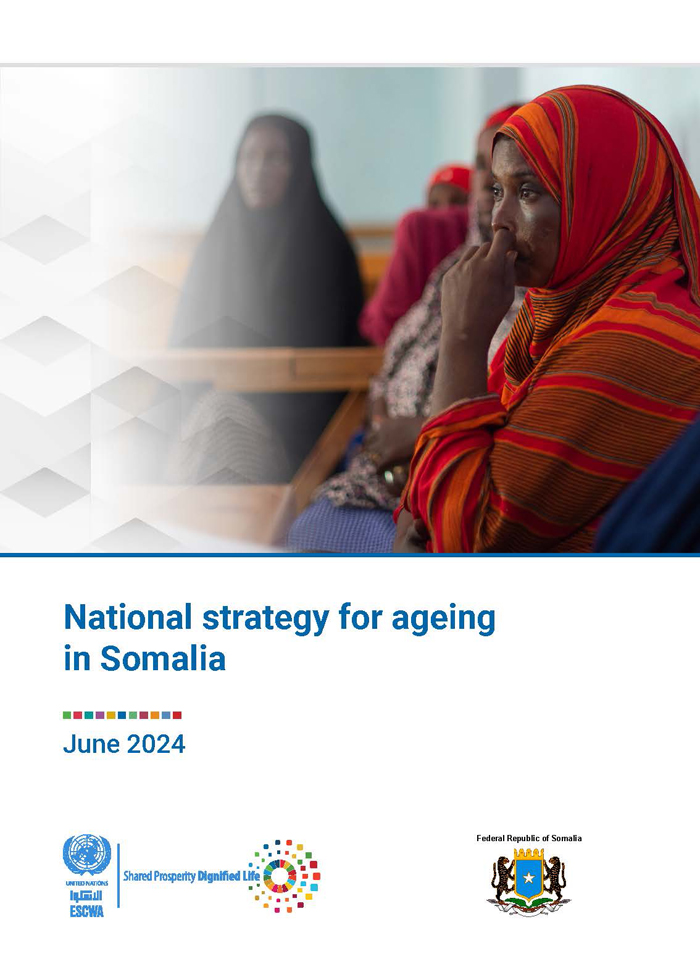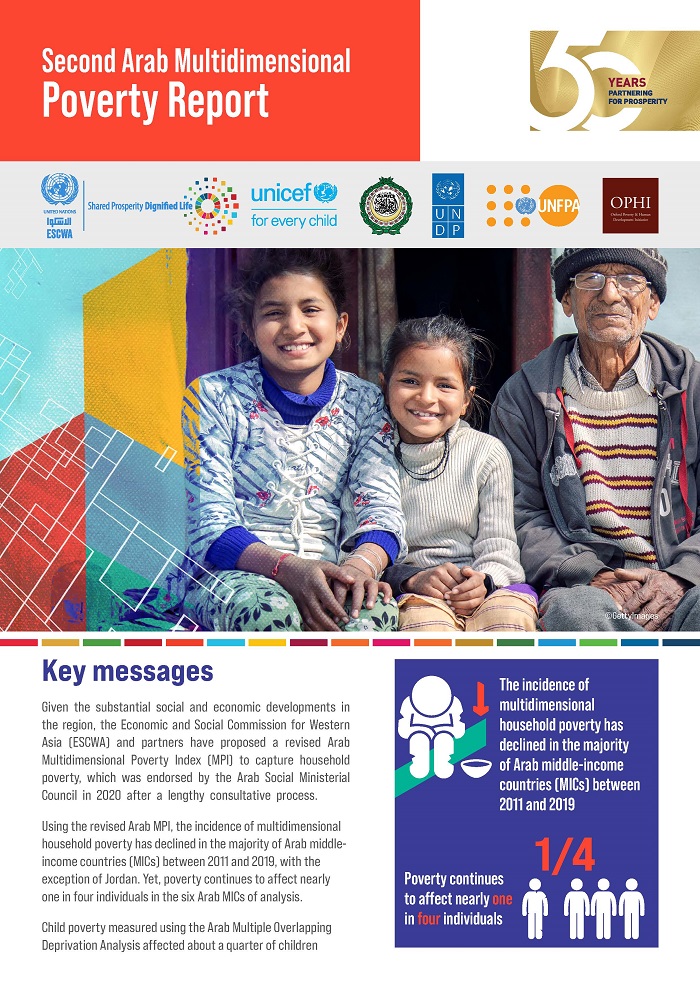
ESCWA Publication: E/ESCWA/CL2.GPID/2022/4/POLICY BRIEF
Country: Arab region, State of Palestine
Publication Type: Policy briefs
Cluster: Gender Justice, Population and Inclusive Development
Focus Area: 2030 Agenda, Climate change, Debt and fiscal policy, Gender equality, Governance & enabling environment, Future of employment, Macroeconomics, Population dynamics & migration, Statistics, Technology & innovation, Trade & regional connectivity
Initiatives: Addressing multidimensional poverty, Public finance and inclusive fiscal policy
SDGs: Agenda 2030, Goal 1: No Poverty, Goal 3: Good Health and Well-Being, Goal 4: Quality Education, Goal 5: Gender Equality, Goal 8: Decent Work and Economic Growth, Goal 10: Reduced Inequalities, Goal 12: Responsible Production and Consumption, Goal 13: Climate Action
Keywords: Covid-19, Conflict, Poverty, Arab countries, Poverty mitigation, Economic conditions, Households, Social conditions, Statistical data, Children
Second Arab multidimensional poverty report
May 2023
Even before the onset of the COVID-19 pandemic, Arab countries were facing daunting challenges, including conflict, instability, displacement, high rates of material deprivation and unemployment, and increasing financial pressures that all affected poverty and efforts to reduce it. The pandemic and the war in Ukraine have exacerbated money-metric poverty and deprivations in several dimensions relating to household capabilities.
This policy brief describes and analyses the extent, characteristics and evolution over time of multidimensional poverty in Arab countries. It reveals trends over the last decade and discusses the impacts on poverty of the multiple crises affecting the region, highlighting elements of progress and stagnation in poverty reduction efforts. It also sets out a way forward by laying out policy recommendations that remain valid and important after the first Arab Multidimensional Poverty Report. Linking development policies and programmes to the poverty indices used in this report could help to design better-targeted initiatives that reach the poor and address the severity and complexity of poverty.
Related content
2030 Agenda
, Climate change
, Debt and fiscal policy
, Gender equality
, Governance & enabling environment
, Future of employment
, Macroeconomics
, Population dynamics & migration
, Statistics
, Technology & innovation
, Trade & regional connectivity
,
Even before the onset of the COVID-19 pandemic, Arab countries were facing daunting challenges, including conflict, instability, displacement, high rates of material deprivation and unemployment, and increasing financial pressures that all affected poverty and efforts to reduce it. The pandemic and the war in Ukraine have exacerbated money-metric poverty and deprivations in several dimensions relating to household capabilities.
This policy brief describes and analyses the extent, characteristics and evolution over time of multidimensional poverty in Arab countries. It reveals trends over the last decade and discusses the impacts on poverty of the multiple crises affecting the region, highlighting elements of progress and stagnation in poverty reduction efforts. It also sets out a way forward by laying out policy recommendations that remain valid and important after the first Arab Multidimensional Poverty Report. Linking development policies and programmes to the poverty indices used in this report could help to design better-targeted initiatives that reach the poor and address the severity and complexity of poverty.
